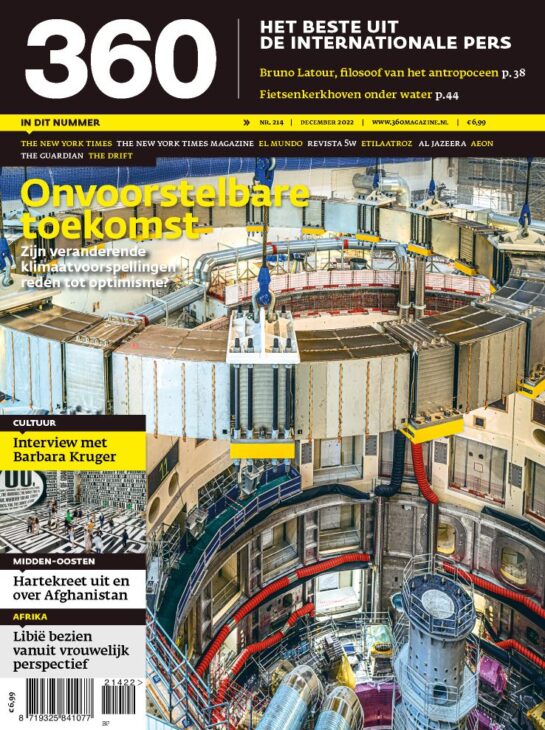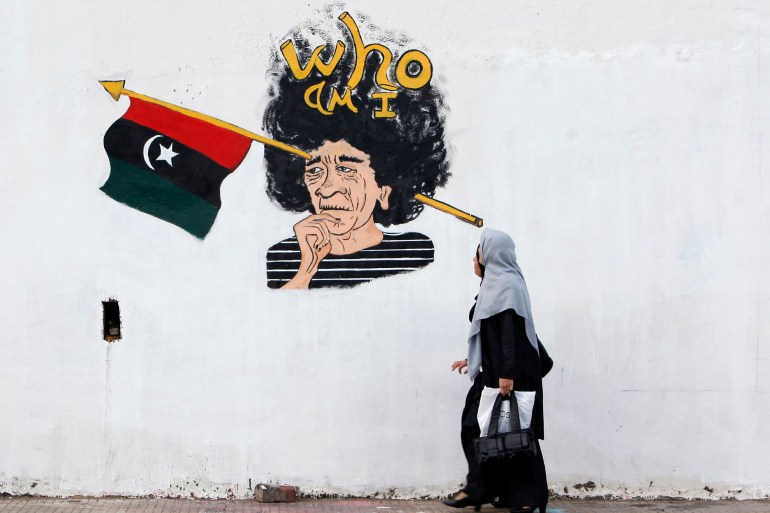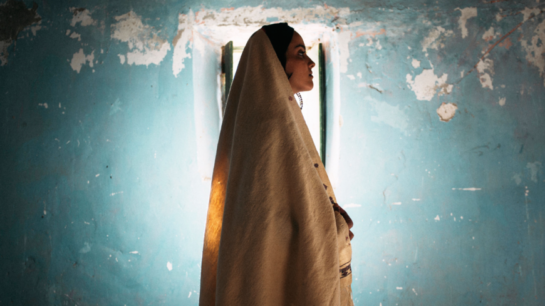
I have been interested in Libyan art, culture, and literature – as well as its relationship with its Italian colonial past – for a few years now. And every time I look at this country through a different facet, there is so much to discover.
This time I looked at the erasure of the colonial architectural heritage in Benghazi and Tripoli, gathering different viewpoints from Libyans, and their memories attached to these buildings.
I wrote the story for Al-Jazeera, with the title “Cultural treasure or painful reminder? Libya’s colonial architecture.”
Here is the link to the article
Read More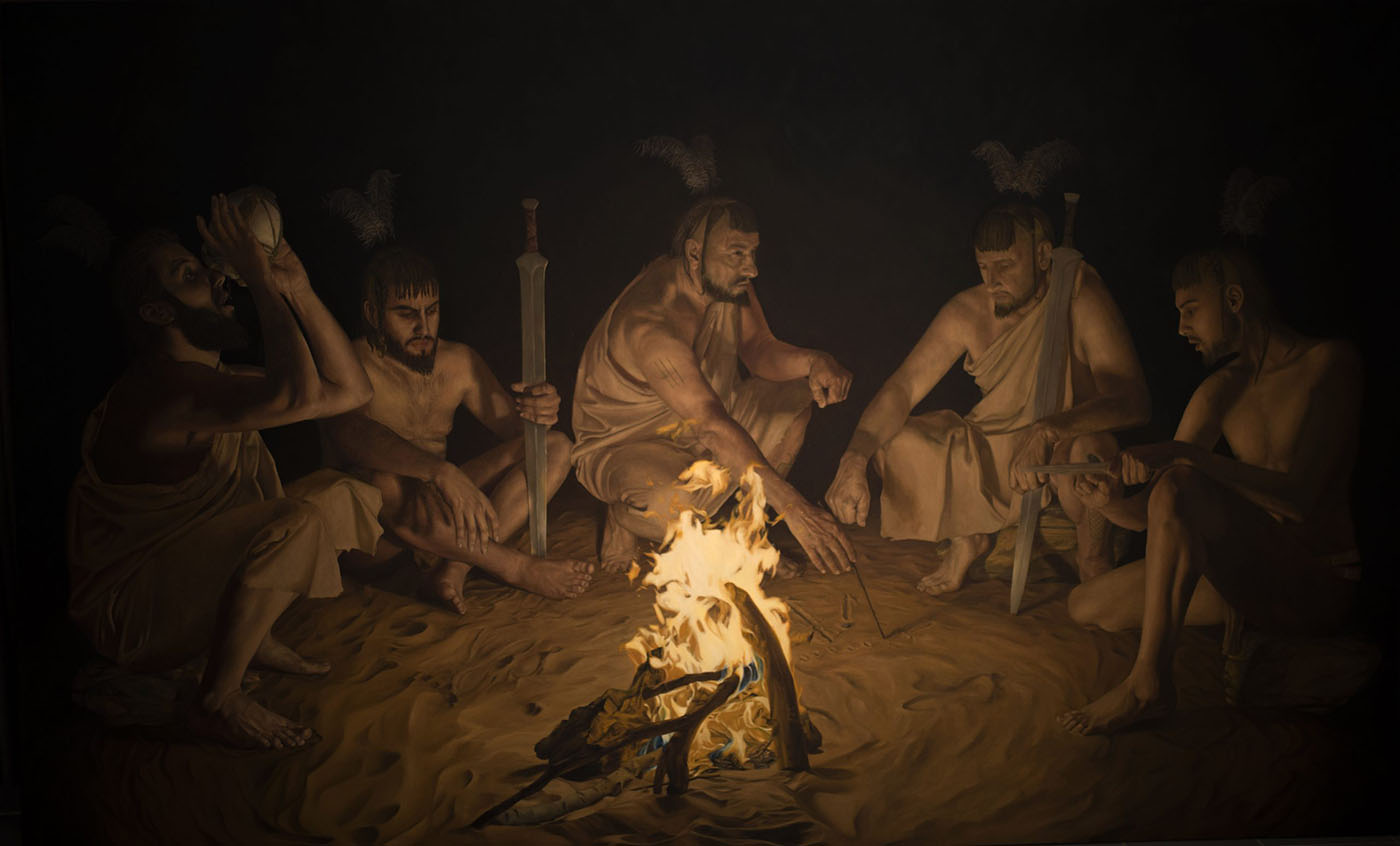
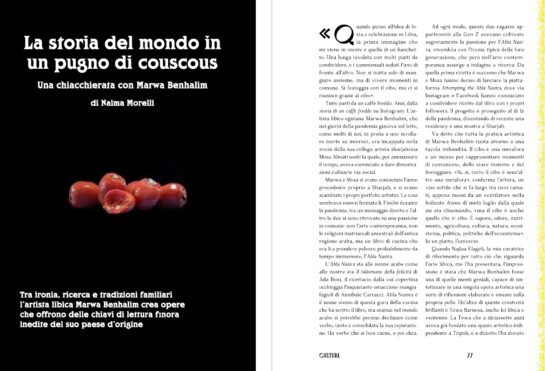
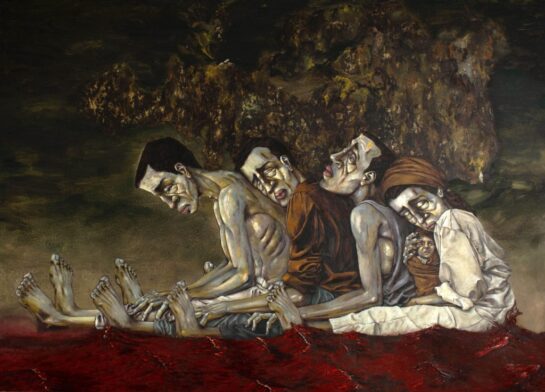
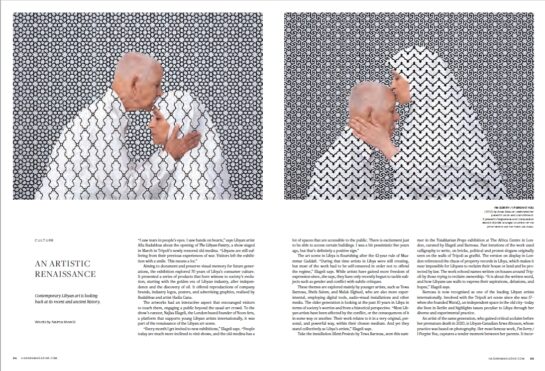
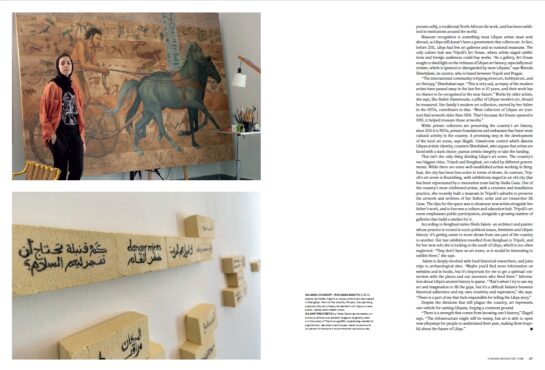
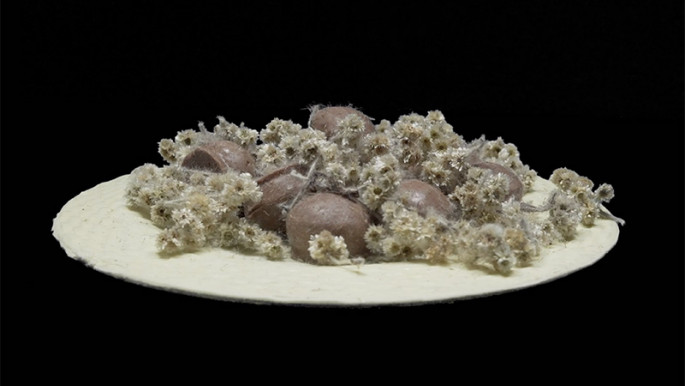
![The work of Alessandra Ferrini [Image courtesy of the artist]](https://i0.wp.com/www.middleeastmonitor.com/wp-content/uploads/2023/06/alessandra-ferrini-maxxi.jpg?resize=1200%2C630&quality=85&strip=all&zoom=1&ssl=1)

![A new show in Tripoli looks at 70 years of Libya’s consumer culture. [Photo By Najlaa Elageli]](https://i0.wp.com/www.middleeastmonitor.com/wp-content/uploads/2023/03/A-new-show-in-Tripoli-looks-at-70-years-of-Libyas-consumer-culture.jpg?resize=1200%2C800&quality=85&strip=all&zoom=1&ssl=1)
